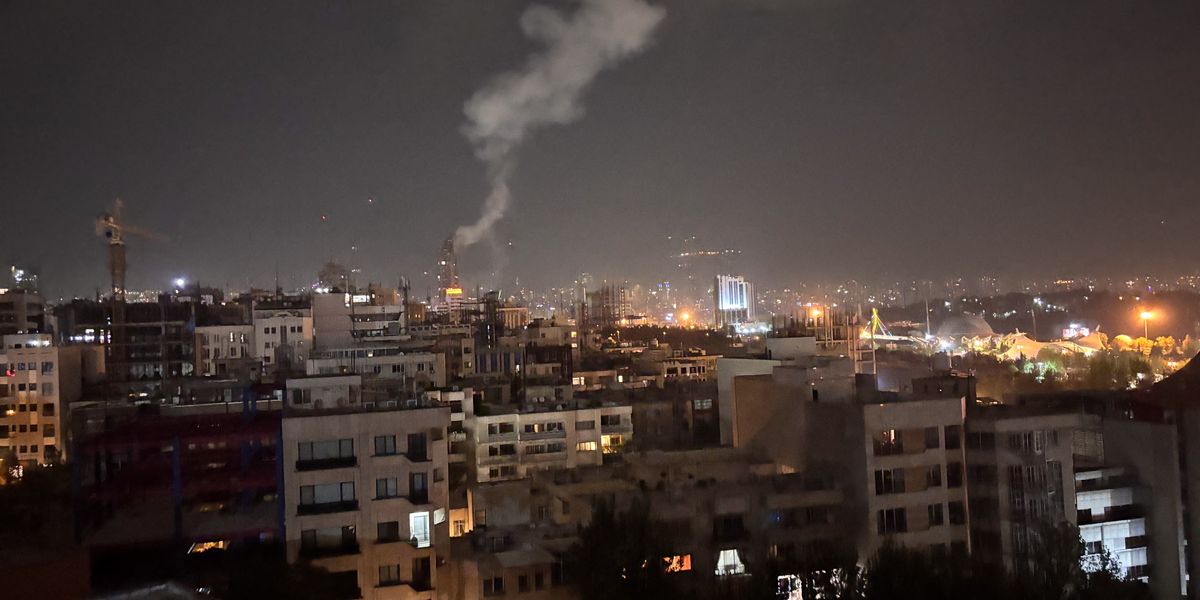
Russia claims its forces are now pushing into new regions of Ukraine (Image: Getty)
Russia claims its forces are now pushing into previously unoccupied regions of Ukraine, with Kyiv claiming the move is part of a wider plan to seize more than half the country by the end of 2026. On Monday, Russia’s Ministry of Defence said its 90th Tank Division had reached the western edge of Donetsk Oblast and begun advancing into neighbouring Dnipropetrovsk – a region not included in Moscow’s 2022 annexation claims.
If confirmed, the offensive would mark a major shift, extending Russia’s invasion into previously untouched territory. Kremlin officials said the move was part of the “new realities on the ground” – a phrase repeatedly used by former president Dmitry Medvedev to describe what Russia believes Ukraine must concede in any future peace talks. The announcement follows unverified reports that Russian troops have also entered Sumy Oblast, in Ukraine’s northeast.
Russia plans to cut Ukraine off from the Black Sea in 2026, says Zelenskyy’s deputy Palisa. Aims to take the so-called "LNR/DNR" by fall, set a border buffer by year-end, and seize Dnipro’s left bank, Odesa, and Mykolaiv next year. pic.twitter.com/W9XYA73Rlr
— WarTranslated (@wartranslated) June 6, 2025Videos circulating online on Monday appeared to show Russian troops crossing into the Dnipropetrovsk region, although the Institute for the Study of War (ISW) said it had not seen verifiable geolocation evidence to confirm the claims.
In a further development, Russian military bloggers reported that troops had reached the Donetsk-Dnipropetrovsk border near the village of Horikhove.
Meanwhile, other milbloggers suggested forces were advancing north of Sumy City.
Again, the ISW said there was no independent confirmation of those movements as of Monday evening.

The aftermath Of The Russian combined attack on Kyiv (Image: Getty)
The latest reports come just days after Colonel Pavlo Palisa, Deputy Head of Ukraine’s Presidential Office, warned of sweeping Russian ambitions far beyond the four oblasts – Donetsk, Luhansk, Zaporizhzhia and Kherson – which President Vladimir Putin claimed to have annexed in September 2022, despite not fully controlling them.
Speaking to journalists last week, Colonel Palisa unveiled a map which he said outlined the Kremlin’s long-term goals: complete control of Donetsk and Luhansk by September 1, a new “buffer zone” along Ukraine’s northern border with Russia by the end of 2025, and full capture of the Mykolaiv and Odesa regions – cutting Ukraine off from the Black Sea – by the end of 2026.
He said: “This is what we believe Putin is aiming to do if he is not stopped. It would deprive Ukraine of its coastline, sever its trade access, and potentially give Russia land routes to Moldova and Transnistria.”
The map, which was later published by the ISW, showed Russia’s projected plan to capture an additional 85,000 square miles, bringing the total area under occupation to around 129,000 square miles. That would equate to over half of Ukraine’s territory.
Invalid email
We use your sign-up to provide content in ways you've consented to and to improve our understanding of you. This may include adverts from us and 3rd parties based on our understanding. You can unsubscribe at any time. Read our Privacy Policy
Putin 'will never be Trump's friend' - John Bolton
Colonel Palisa’s presentation is being taken seriously in Western security circles. Senior officials note that Russia's recent messaging aligns with the map's objectives.
A NATO source told Newsweek the map “tracks with what we’re seeing in Russian troop deployments and long-term planning assumptions.”
Meanwhile, President Donald Trump is reportedly continuing to push for a negotiated settlement between Kyiv and Moscow.
However Ukrainian officials have warned that any deal that legitimises Russian land grabs would only embolden the Kremlin to press further.
In a recent interview, Mr Medvedev said any agreement would need to reflect the “new borders” Russia now considers permanent. Ukrainian officials argue such talk only underscores the need for continued Western military aid and a rejection of any settlement that cedes Ukrainian territory.
The ISW has cautioned that while the reported incursions into Dnipropetrovsk and Sumy are not yet verified, the pattern is consistent with previous Russian offensives: slow probing movements, followed by escalated assaults once defensive lines are weakened.
What remains unclear is whether Russia has the resources to maintain such a broad front expansion or if this is a tactical feint aimed at overstretching Ukraine’s already strained forces.
Either way, the conflict appears to be entering a new phase – one that risks extending the battlefield even further into Ukraine’s interior.

 1 month ago
10
1 month ago
10










 English (US) ·
English (US) ·